- info@naturebylennart.com
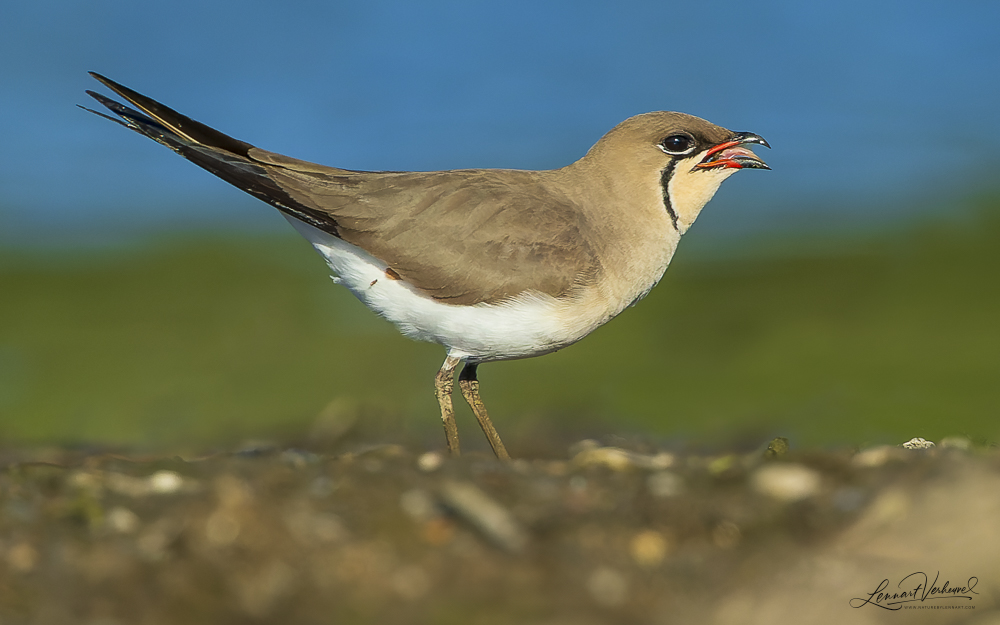
From my travels abroad, I regularly post updates on my website, but of course, I spend most of my time at home in the Netherlands. And of course I go out shooting here too. While the species may not always be as exotic as those abroad, there’s still plenty to see in the Netherlands. I’m particularly interested in birds, but occasionally I encounter special mammals as well. I’ve already seen a wolf, wildcat, and European otter here—and once even an orca! Recently, I also bought a macro lens to explore the world of smaller creatures. So, I thought it would be fun to post a monthly update with the photographic highlights of that month. Let’s kick off with May!
May is a great month to begin this series, as bird migration is at its peak. While overall numbers begin to decline, the truly rare species often come through around this time. Just a few weeks before May started, I purchased my new Canon R1—this was a great month to put it to the test.
Although I didn’t see a lot of truly rare birds this month, the absolute highlight was spotting a summer-plumaged collared pratincole on the dried-up riverbed of the Meuse near a small place in the province of Limburg called Itteren. I had seen one before in my home province of Zeeland, but throughout the week I saw stunning images of this individual circulating online. When it was still being reported on Friday, I decided to head over on Saturday.
From Zeeland, it’s over two hours’ drive, so I had to get up very early to be there at sunrise. When I arrived, one photographer had already beaten me to it and was quietly photographing the bird. It was foraging peacefully at a short distance, with the river glowing in the soft morning light behind it—such a beautiful atmosphere.

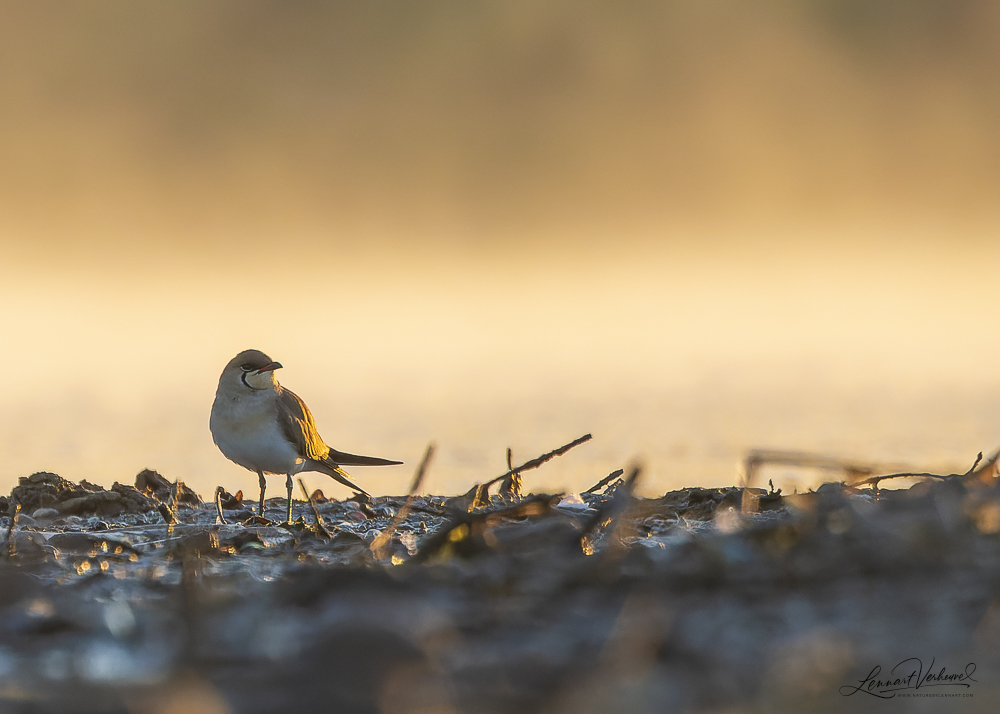
Collared Pratincole
Another photographer arrived soon after, and the three of us enjoyed observing the bird. At one point, it flew right past us and resumed foraging behind us, this time with the light at our backs—perfect conditions!
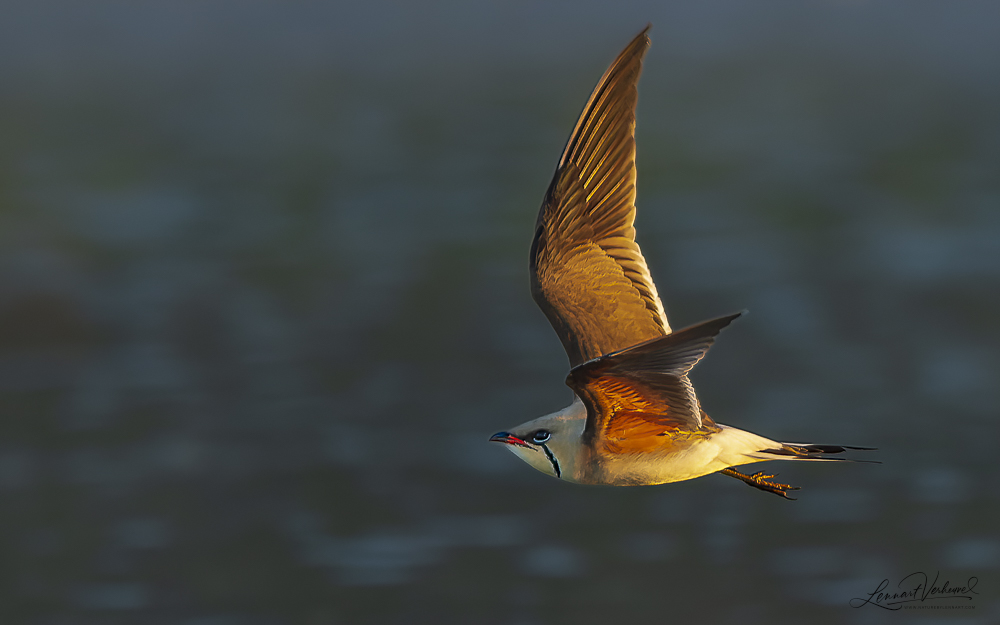
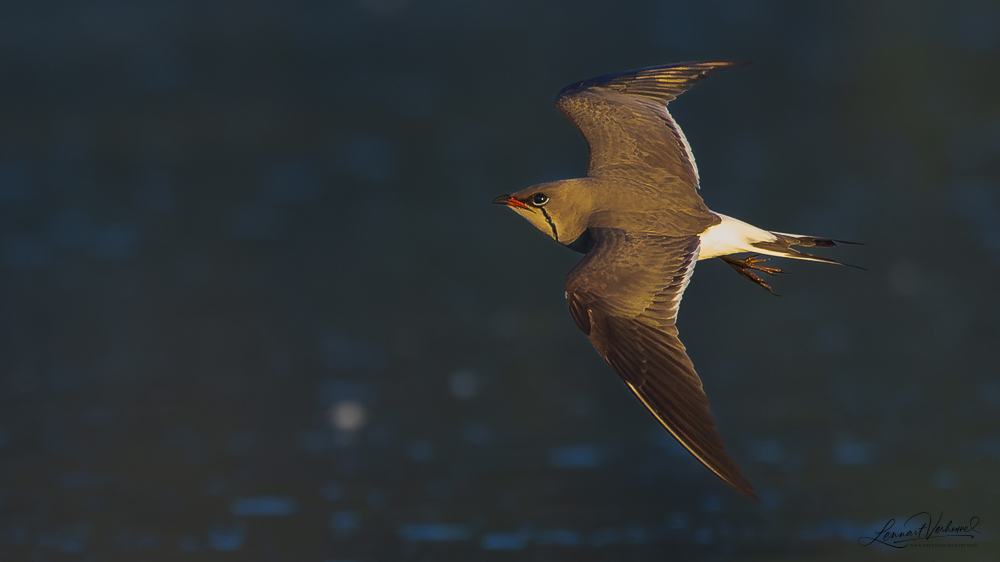
The bird kept a little too much distance for true close-ups, but we waited patiently. After several hours, it finally passed us at close range while foraging—what a moment!
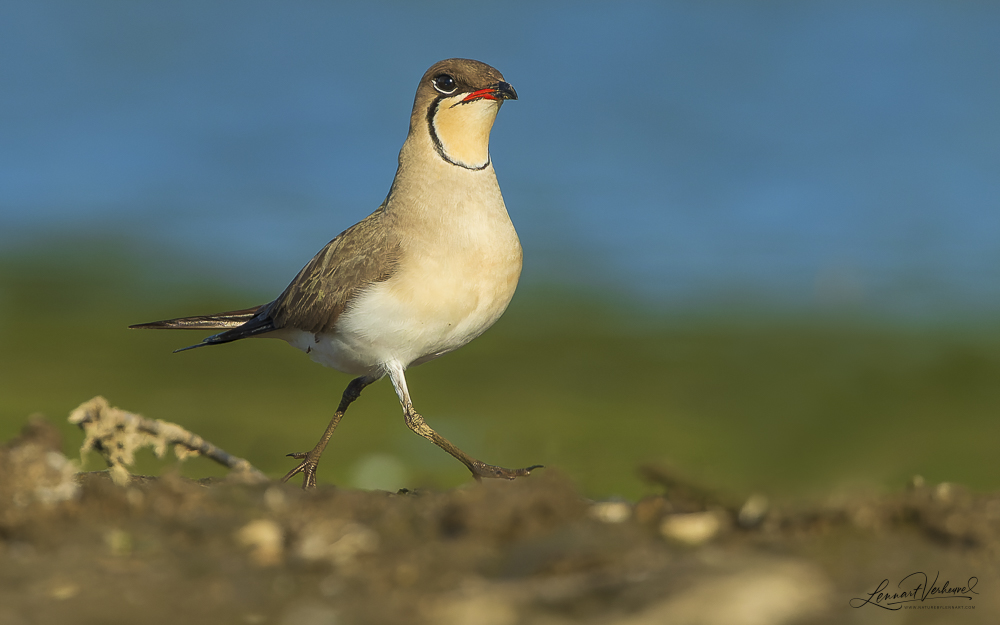
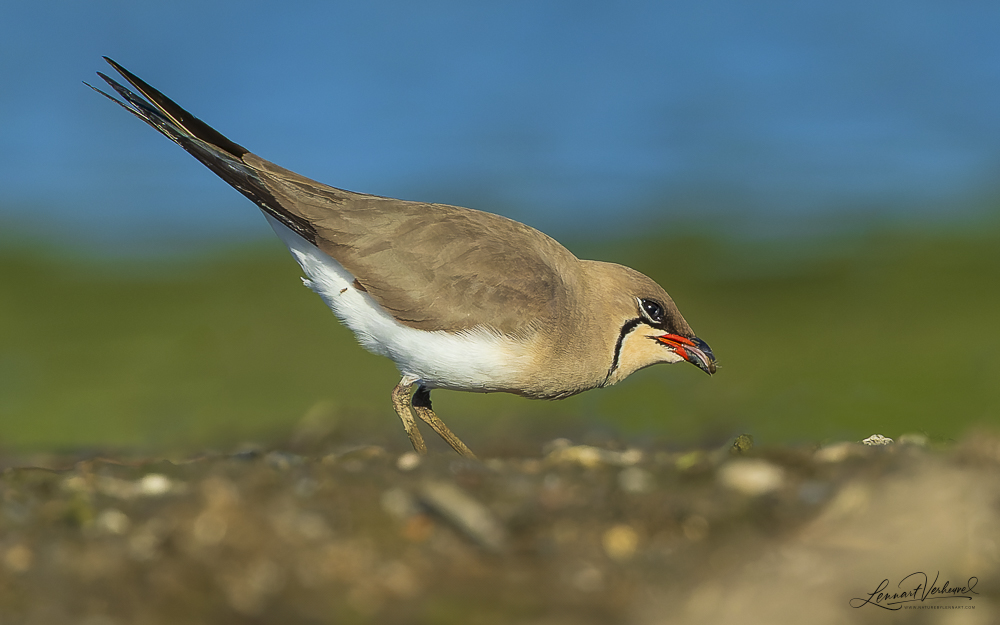

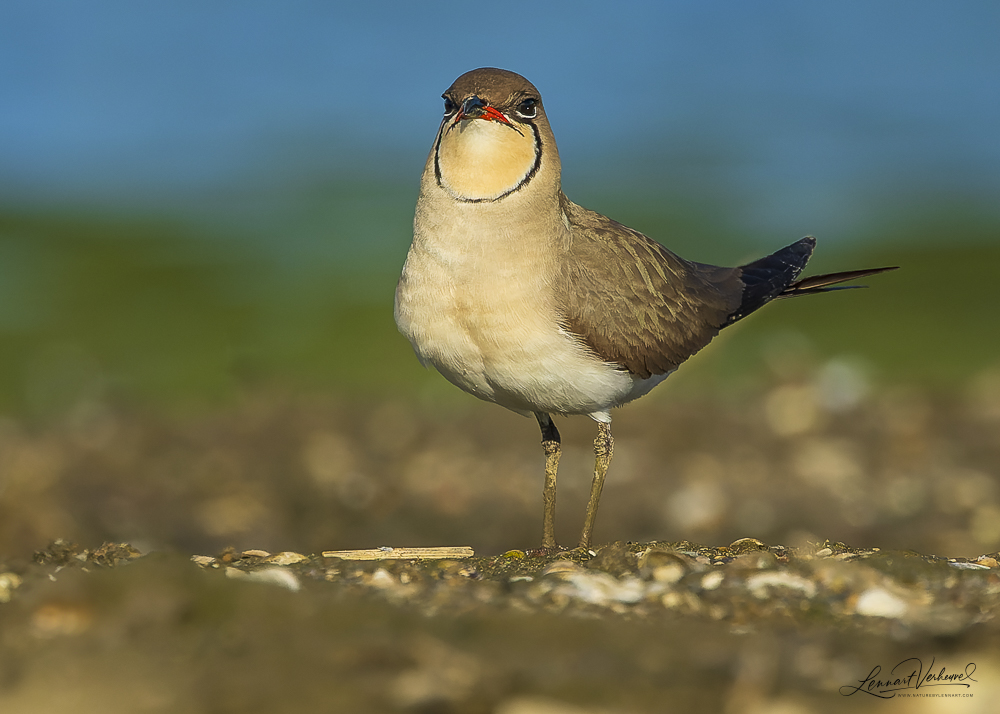

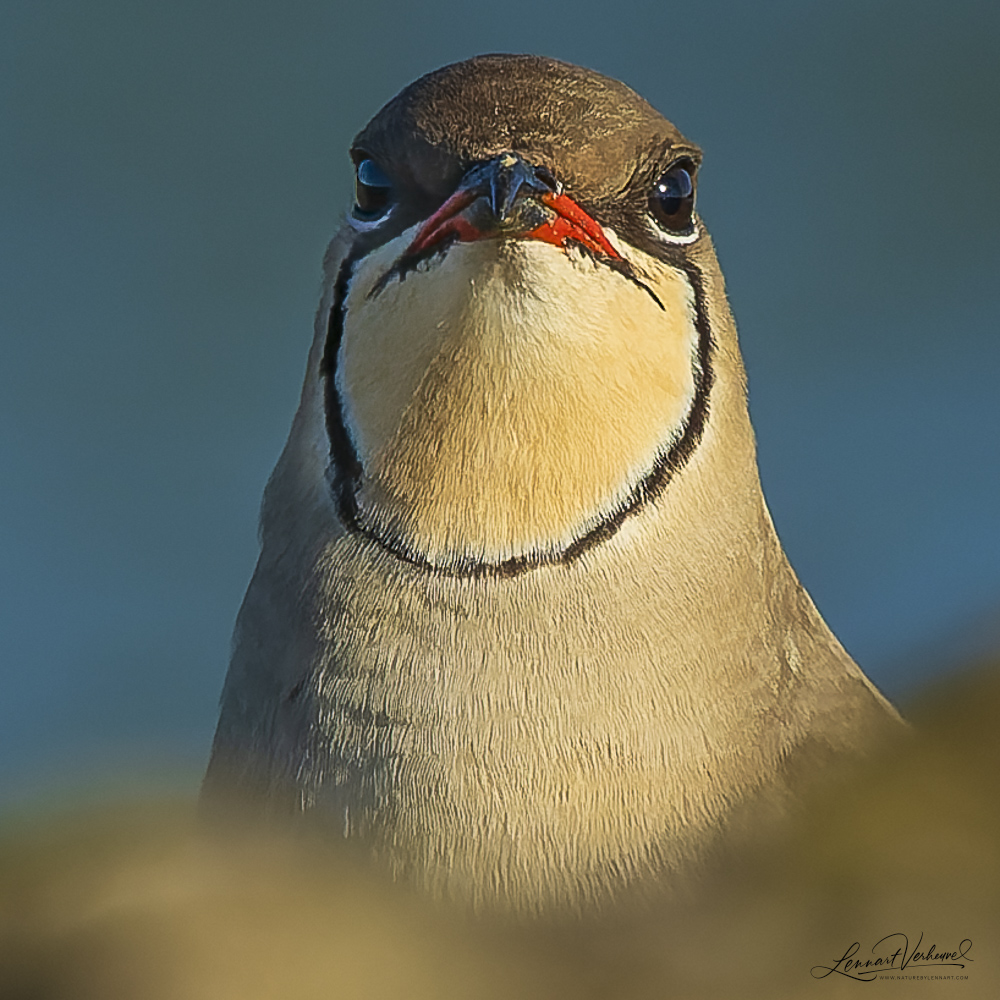
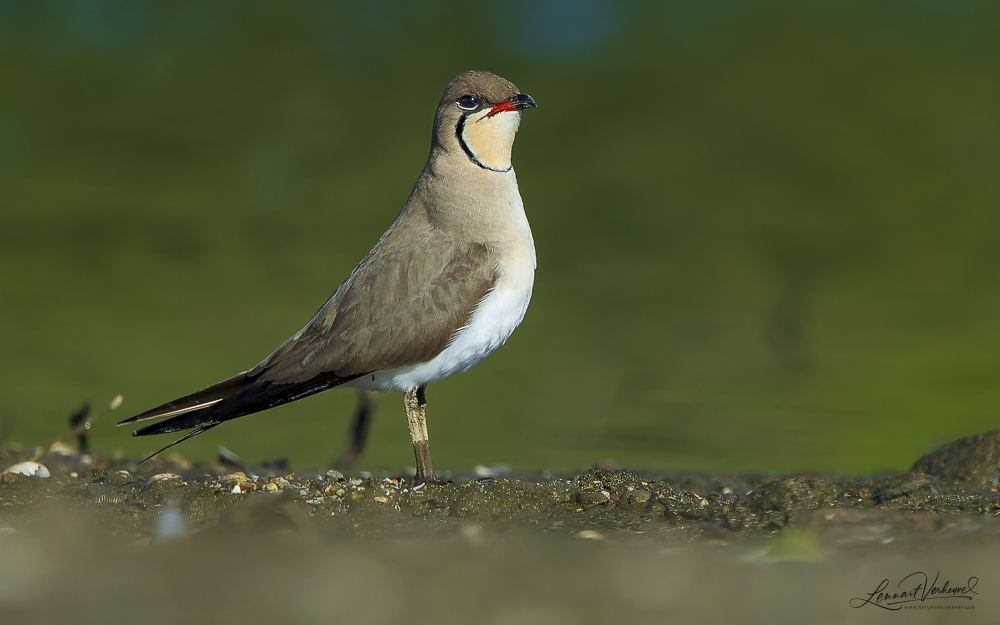

Around 11:30 a.m., the pratincole even performed some aerial foraging, which was a treat to witness. After that, I called it a day and made my way home.
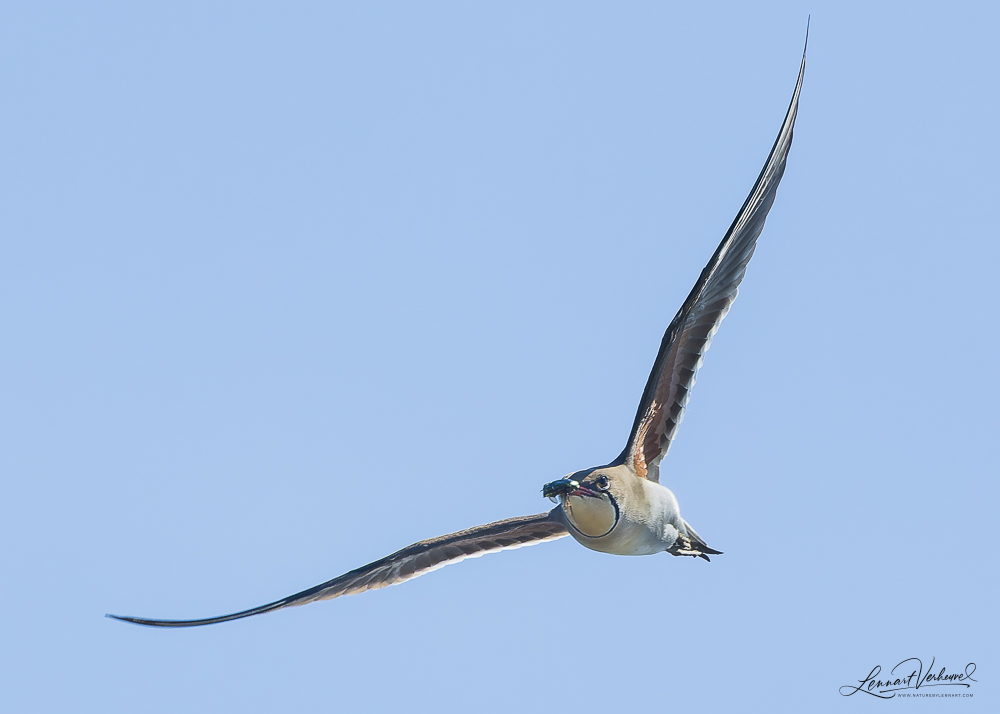
On Saturday the 17th, I set off early again, this time for a three-hour drive to Dwingelderveld National Park, where four red-footed falcons had been spotted for several days. A favorite species of mine! Early in the morning, I saw a young male and female perched in a distant tree.

Red-footed Falcon
While the falcons were sitting quietly, I took the opportunity to photograph a pair of red-backed shrikes—such striking birds!
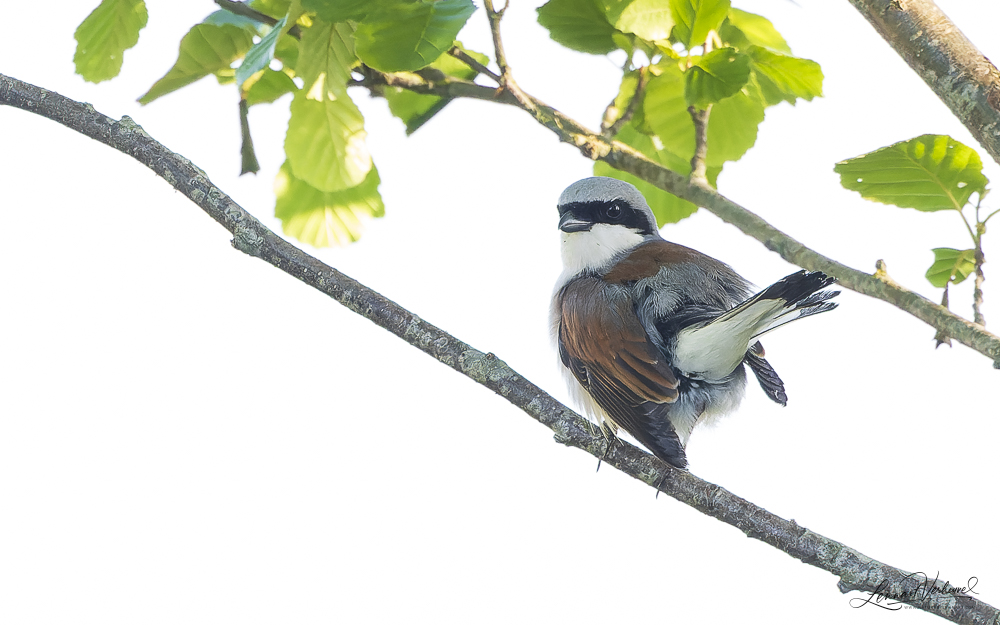
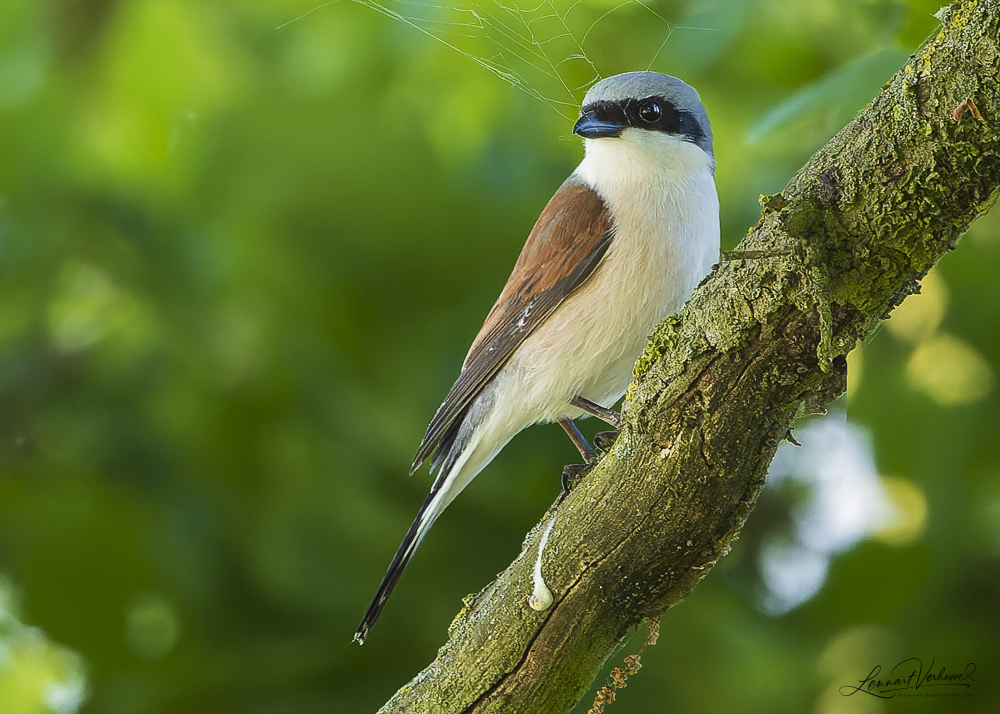

Red-backed shrike (adult male)
A few hours later, the female red-footed falcon started hunting common cockchafers above the oaks. Watching those hunting maneuvers at close range was incredible, and she was often successful! She ate the prey mid-air, gripping it in her claws. Sometimes she was just a bit too quick for me. In some shots where she went after a beetle against the blue sky, I accidentally clipped part of the image—but managed to fix it reasonably well in Photoshop. Still, it would’ve been nicer if that hadn’t been necessary.

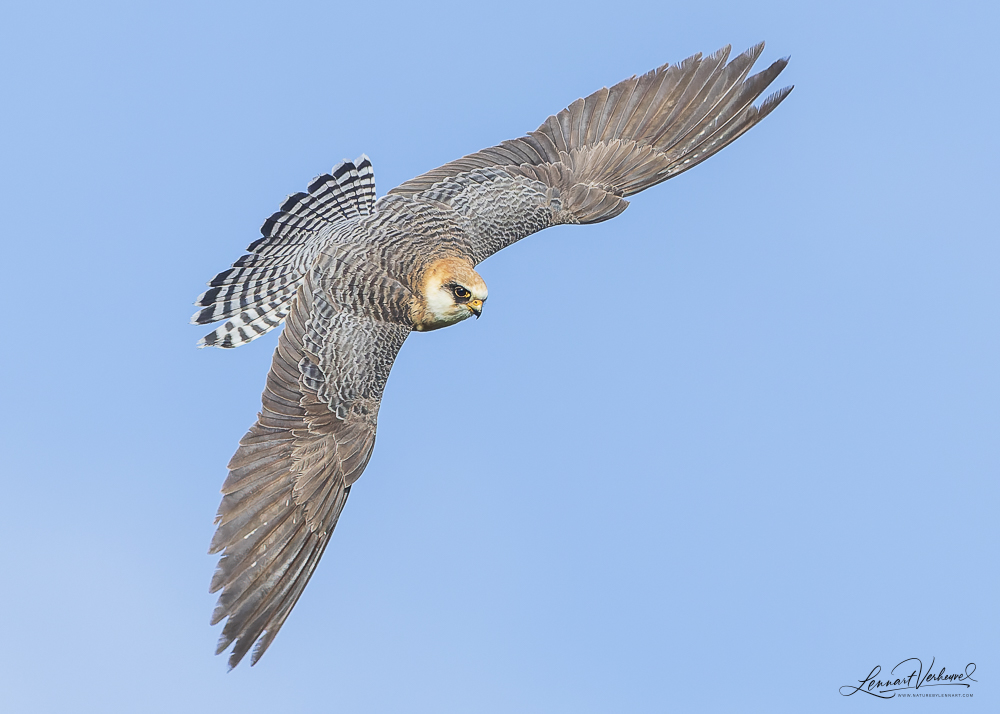
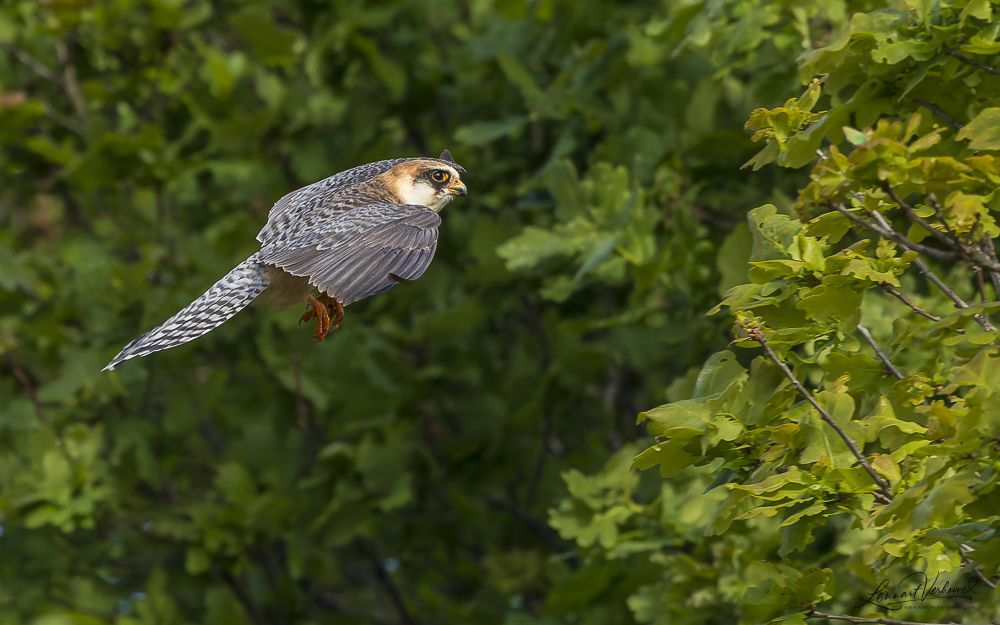



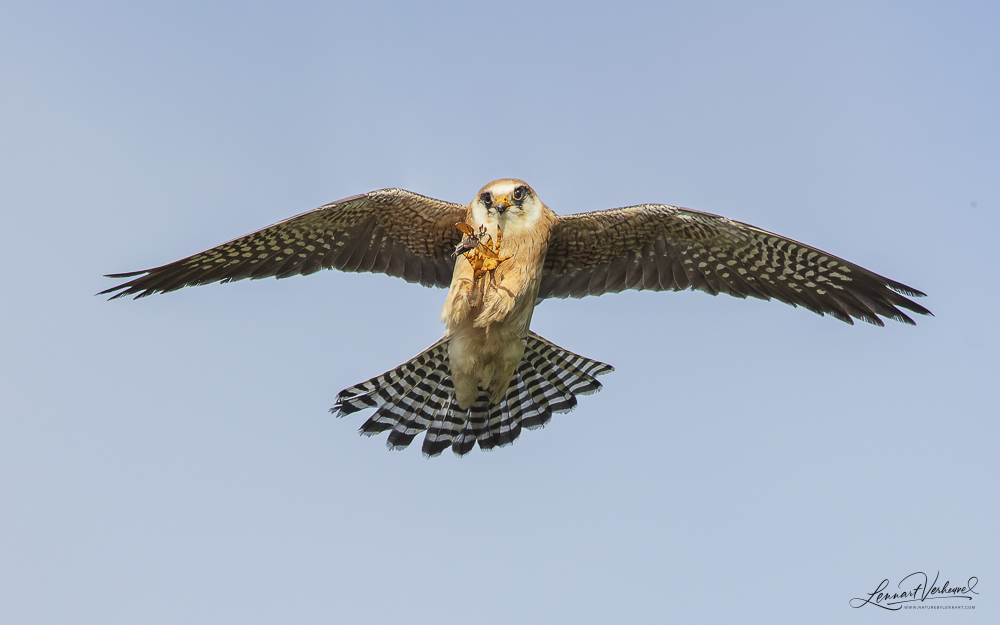
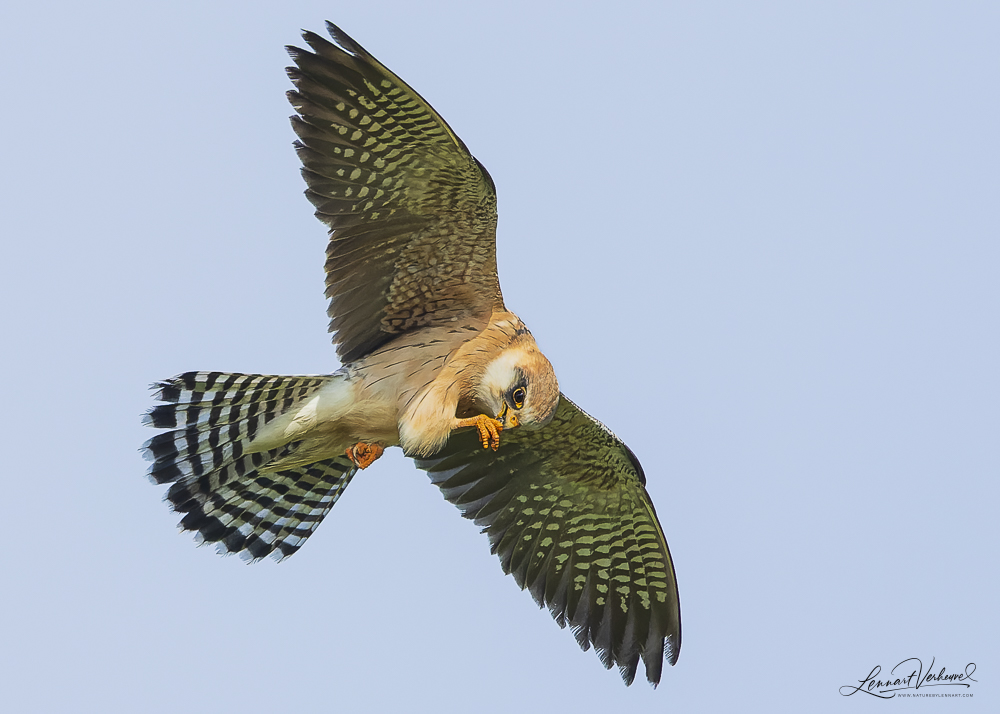
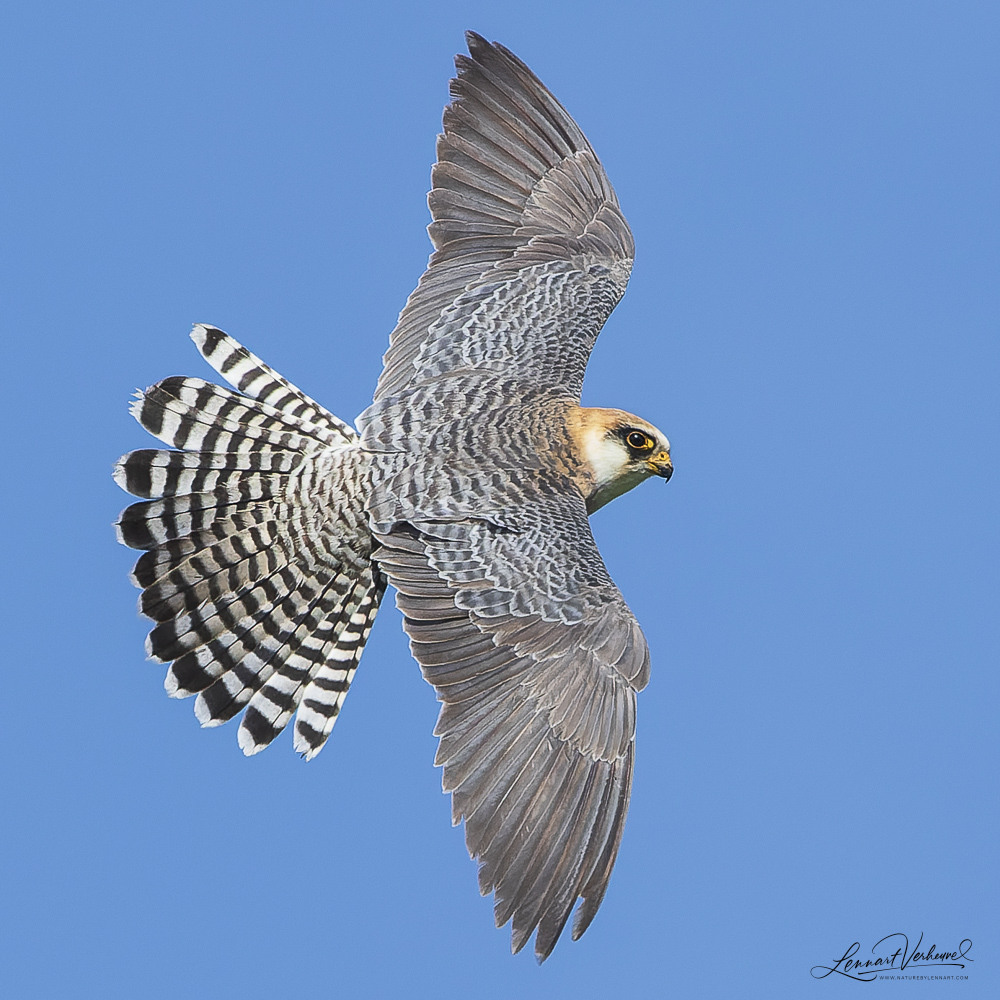
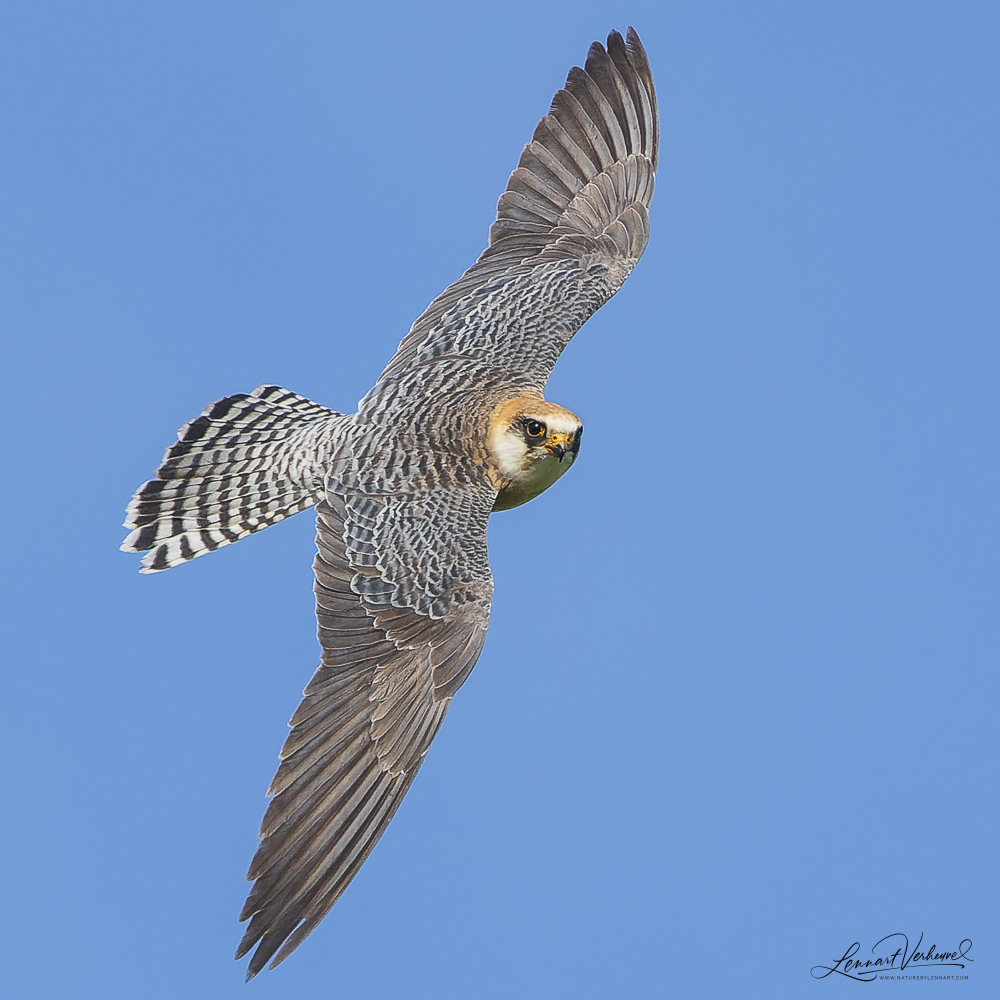
Red-footed Falcon
The common cockchafers themselves were quite photogenic too!
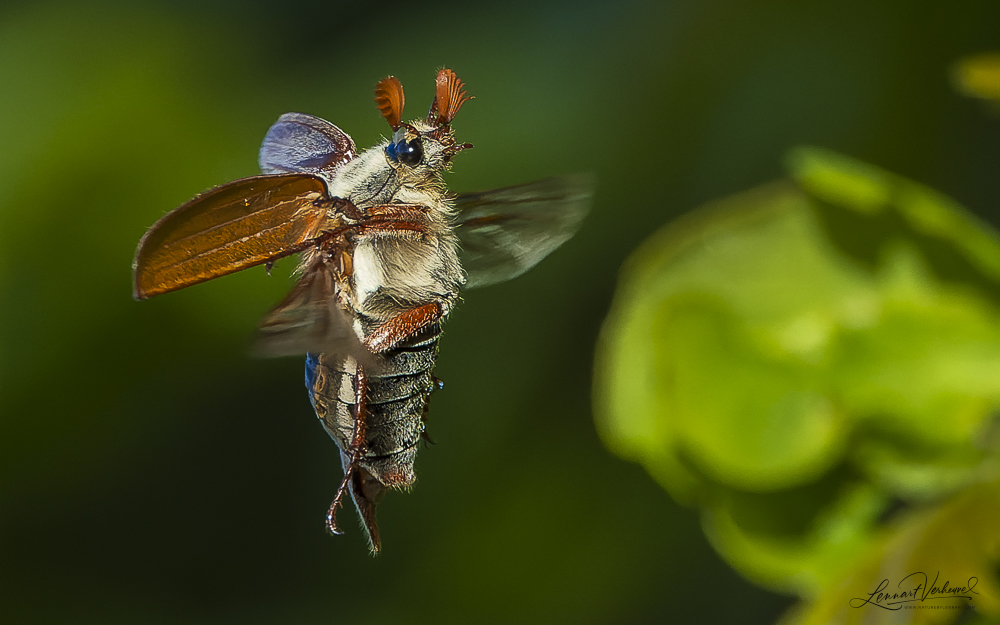
Common cockchafer
On the way back, I made a detour via Zoetermeer. The strong winds made it a good moment to photograph common swifts in the Nieuwe Driemanspolder. There were plenty in the air, although initially flying too high. As the day went on, they came lower, and I managed to capture a series I was very happy with. I was especially thrilled to photograph multiple swifts in one frame while they sang their distinctive calls.
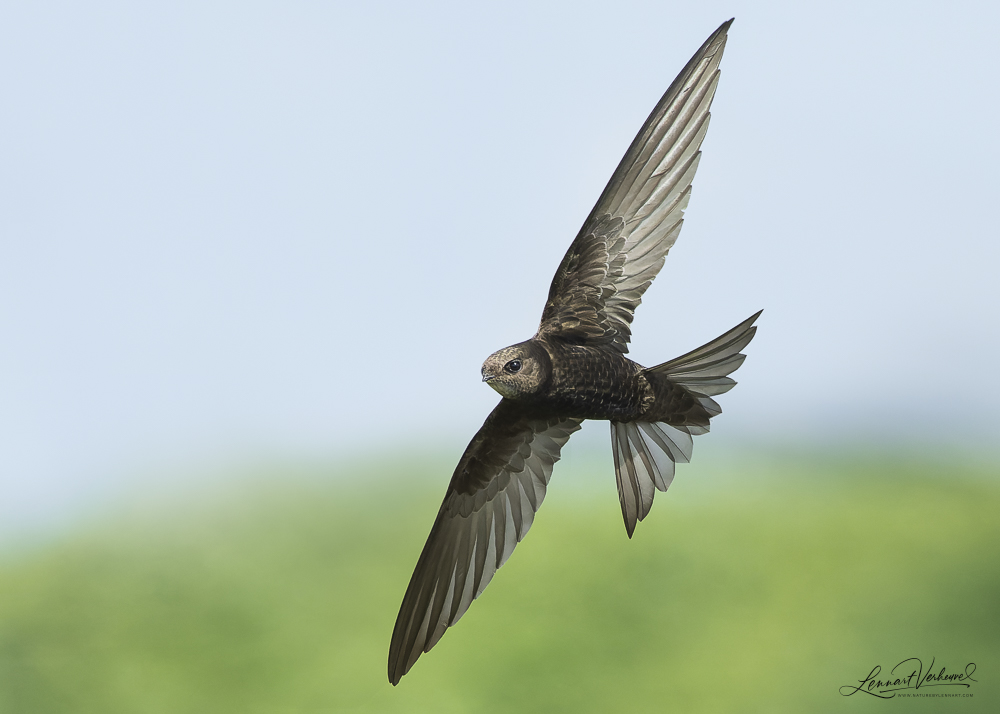
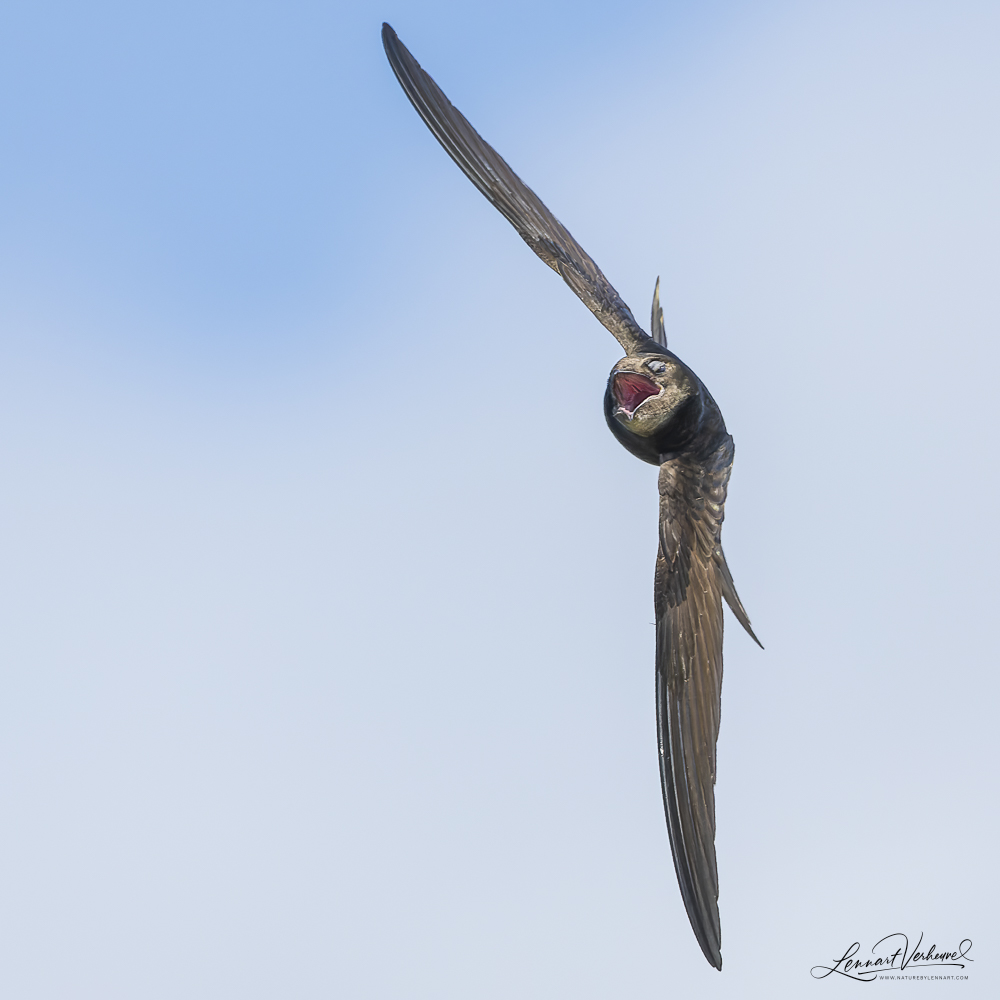


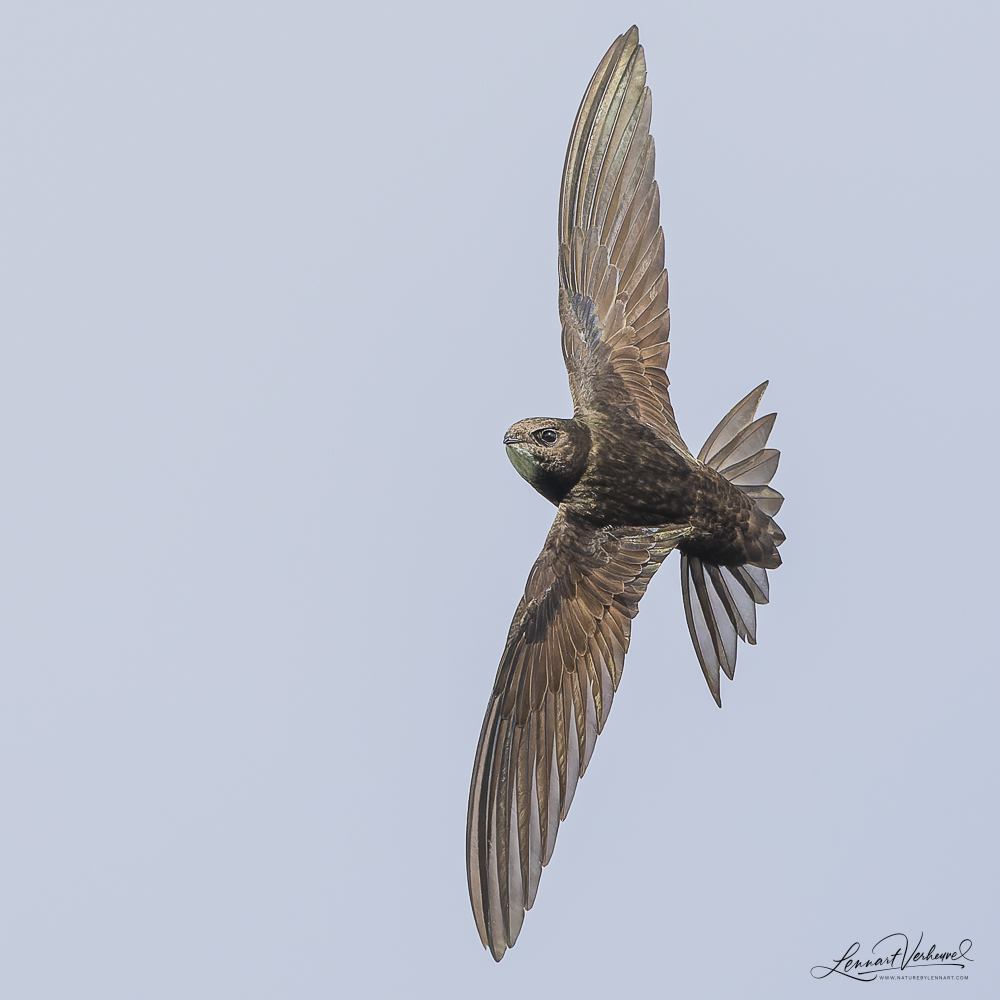
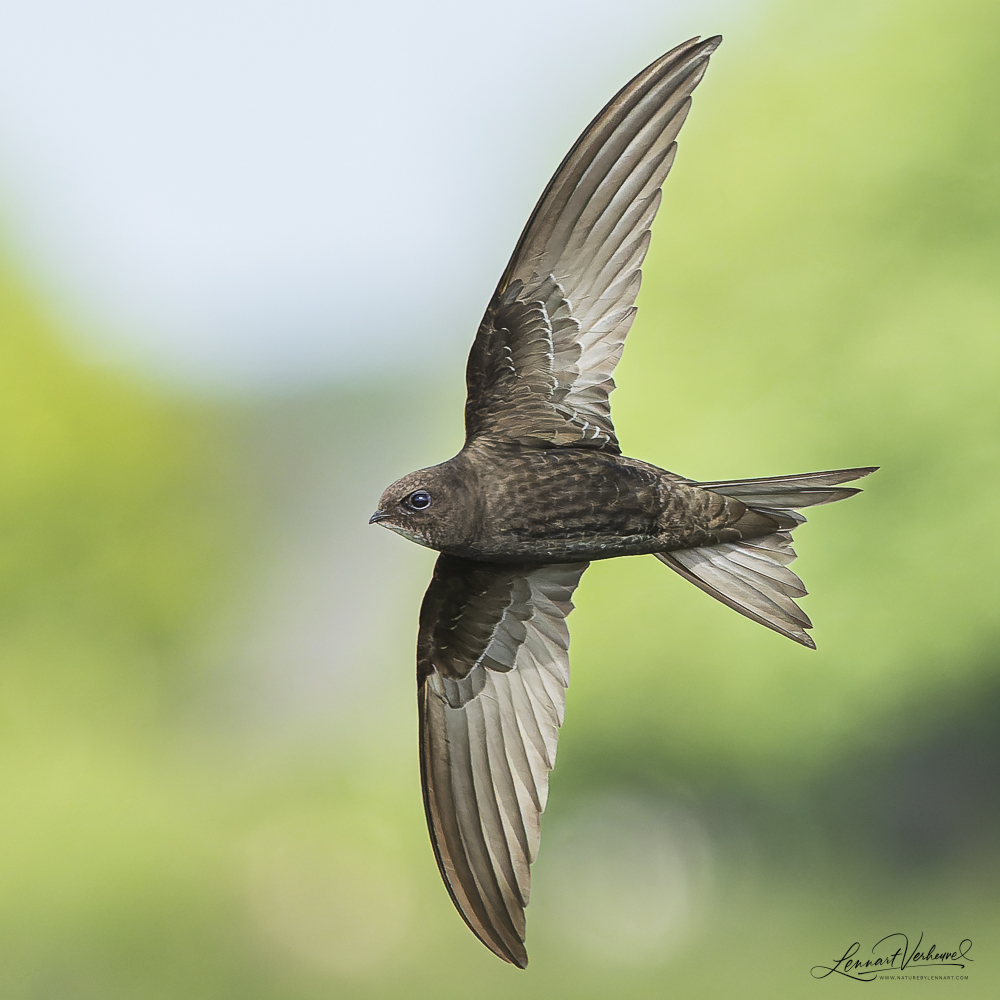
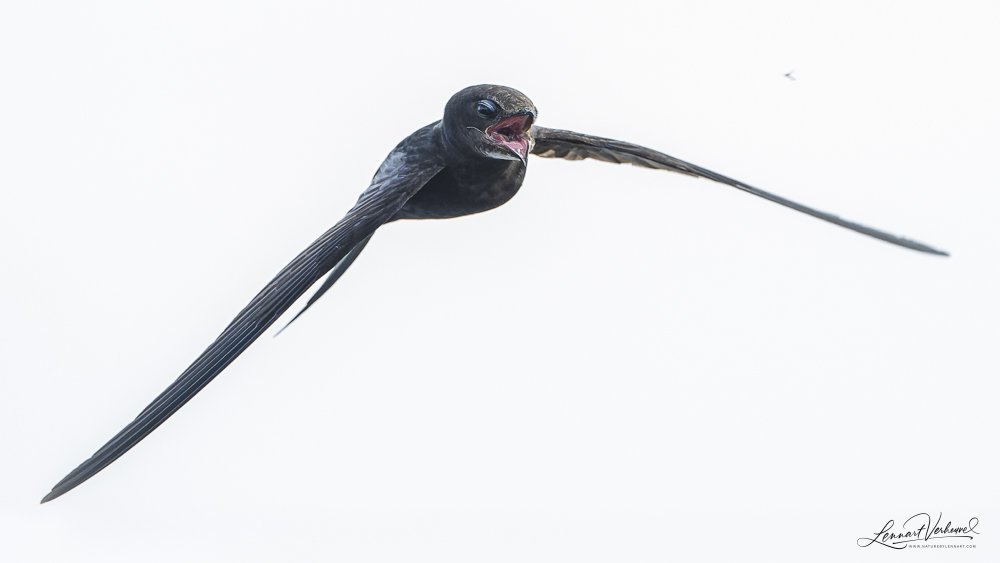
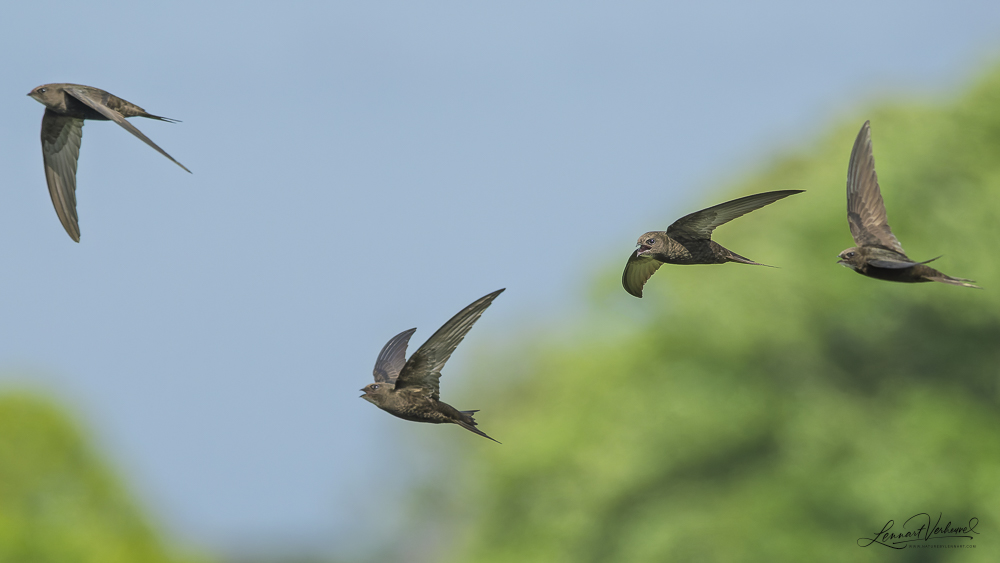
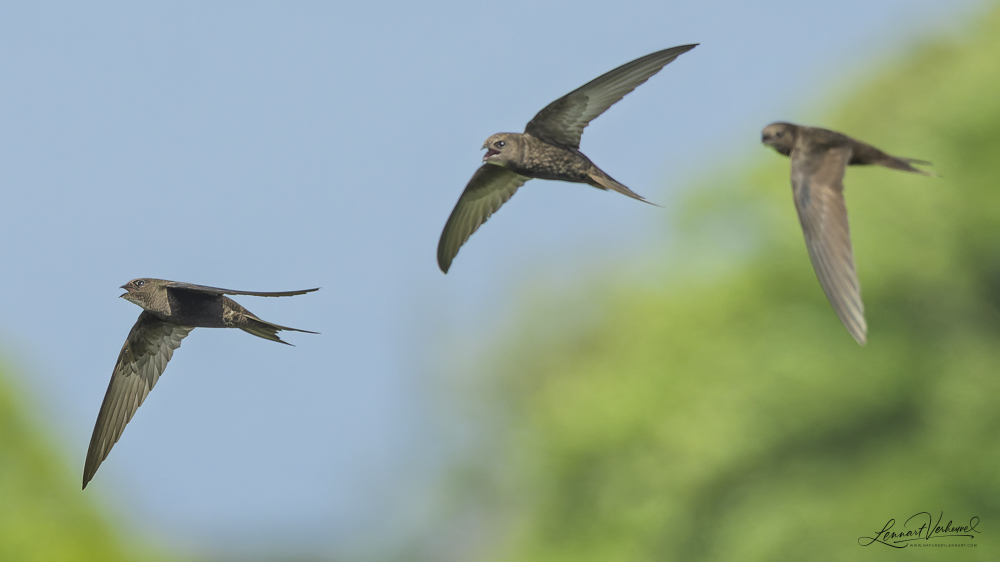
Common swift
The rest of the month was full of moments that may not have been spectacular individually, but still produced some beautiful images:
I photographed two stunning whiskered terns at the De Blikken nature reserve in Zeeuws-Vlaanderen. A rare marsh tern—what a lucky chance to see them so well!
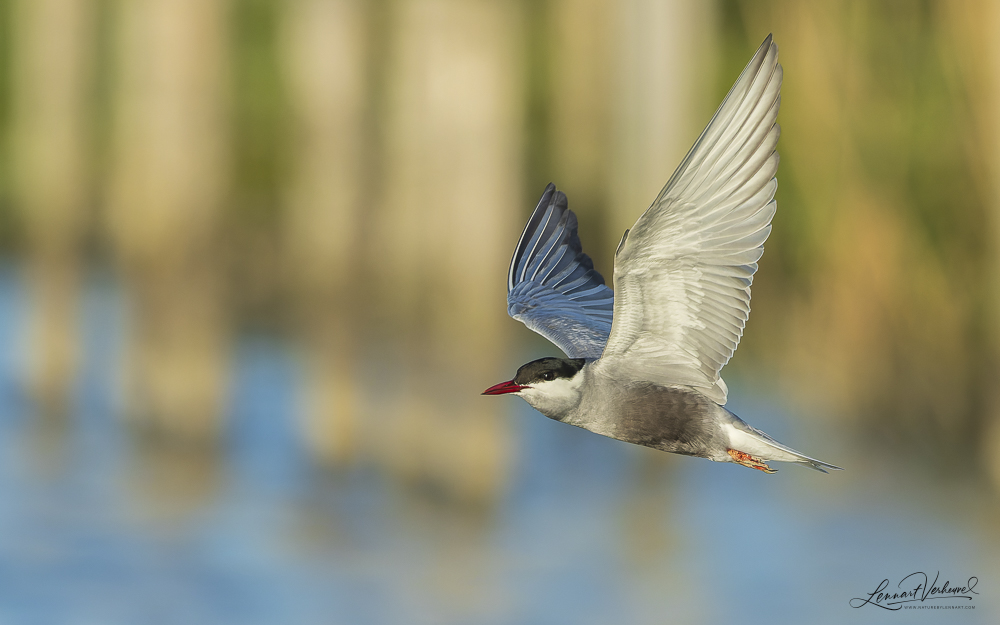

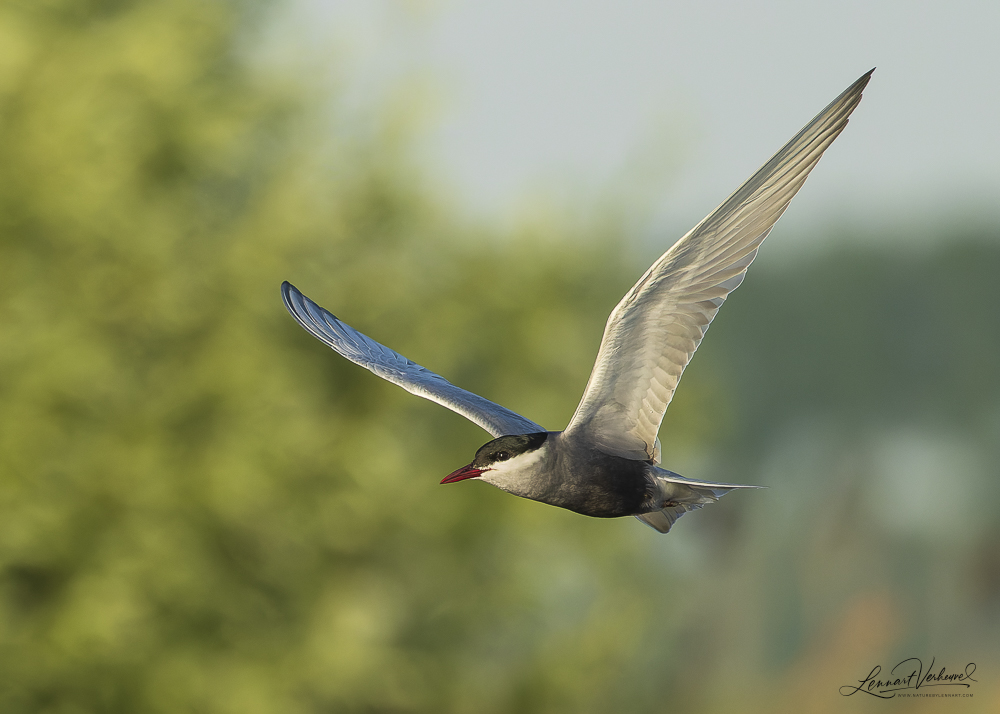
Whiskered tern
I also enjoyed a fantastic moment on May 1st at the migration count in Breskens, when a Eurasian sparrowhawk flew right past me at very close range.
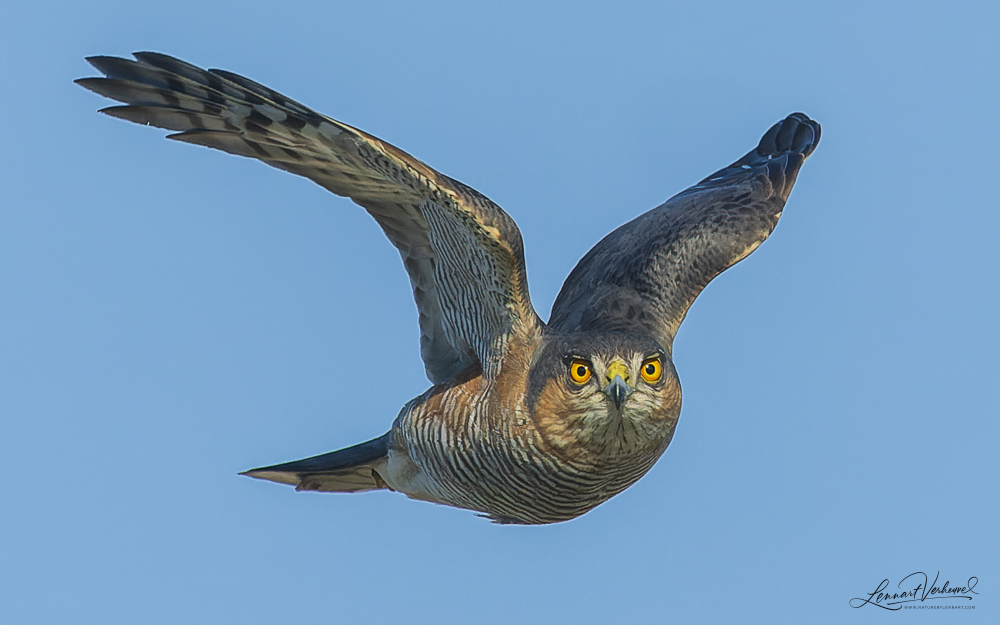

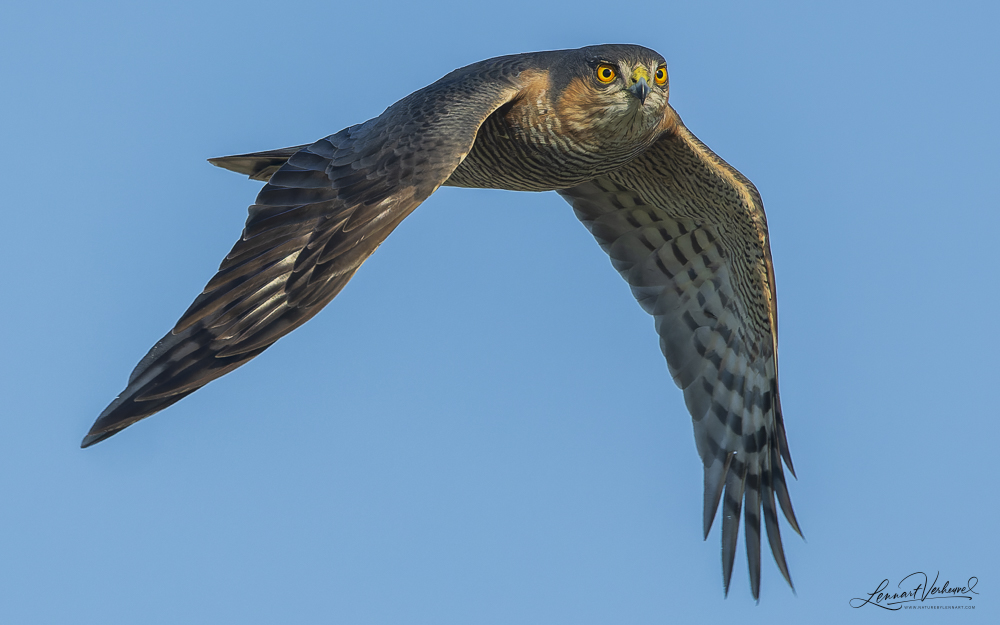
Eurasian sparrowhawk
A morning outing in Zeeuws-Vlaanderen brought a lovely surprise—a red fox that hadn’t noticed me at all. A brief but special encounter!
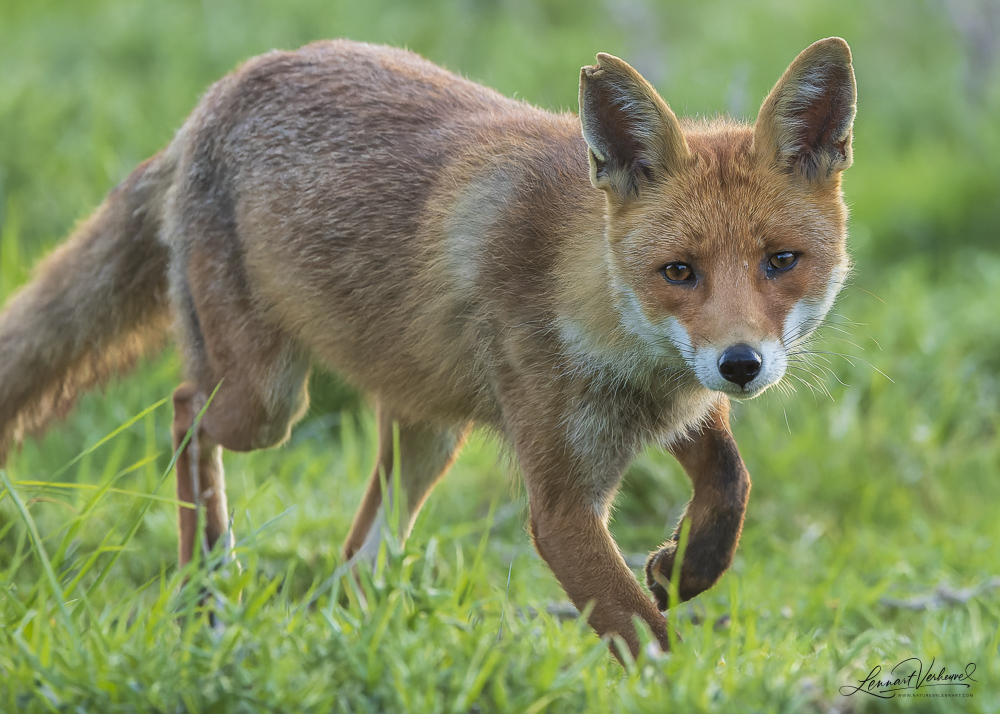
Red Fox
An hour later, I photographed a nearby zitting cisticola. While this species is no longer considered rare in the area, I had never managed such good photo’s before!
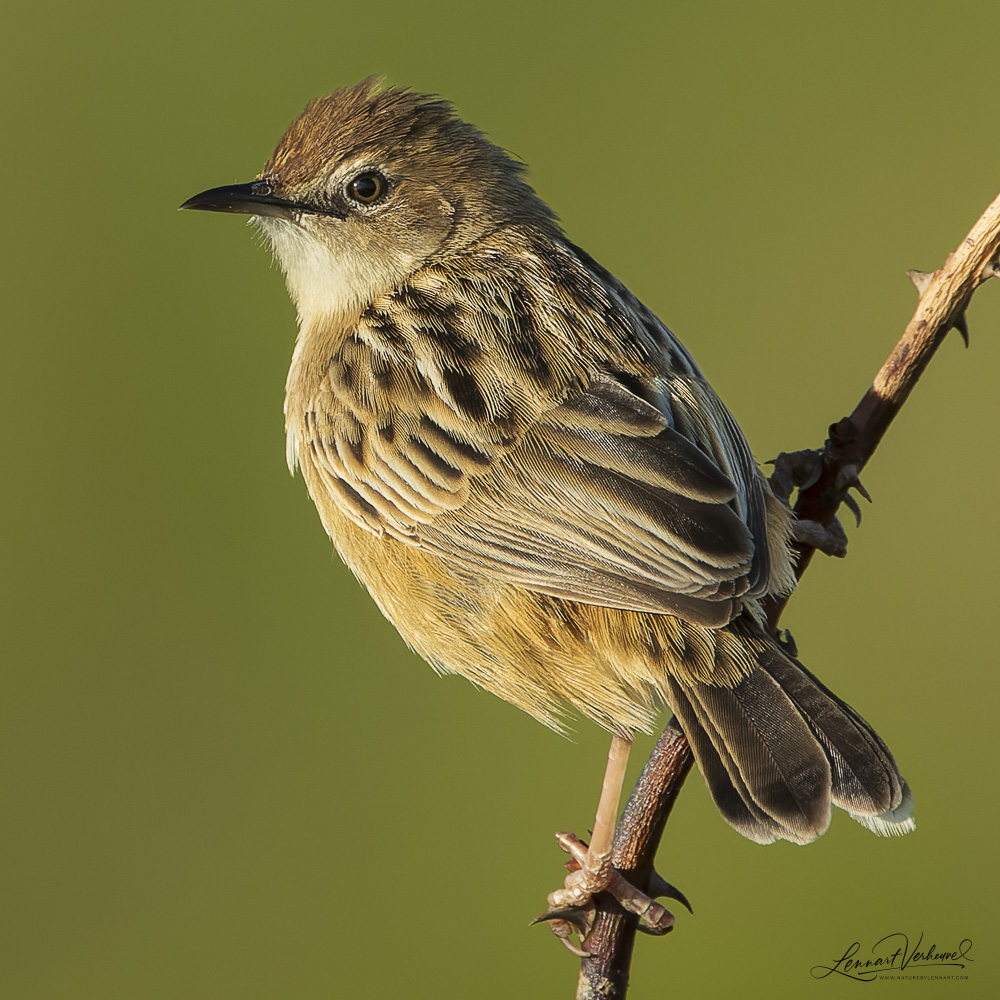

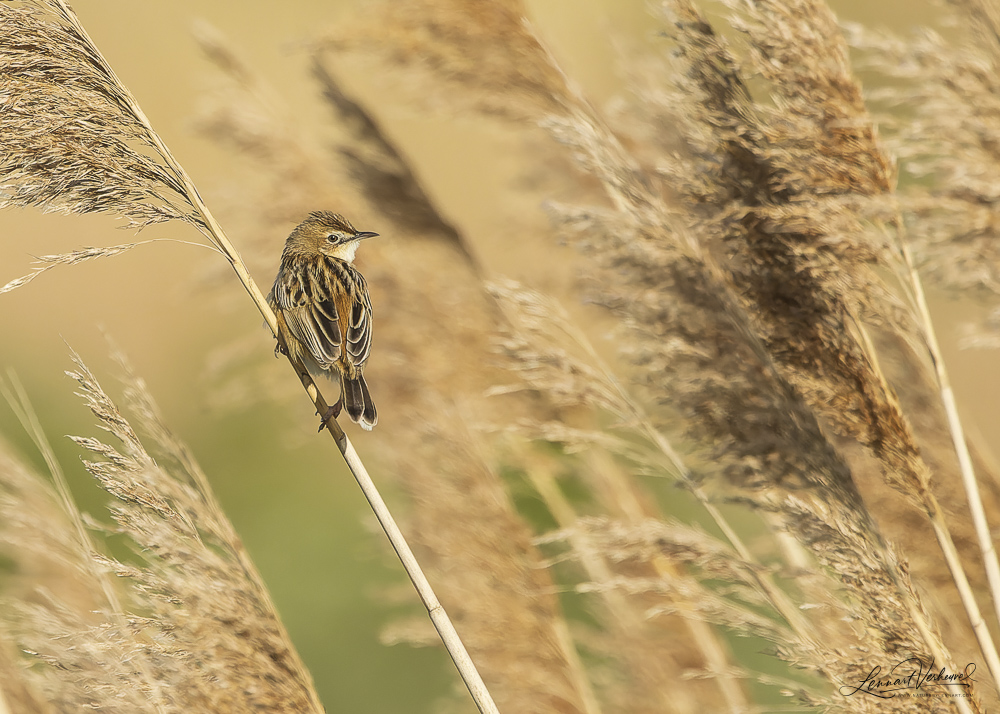
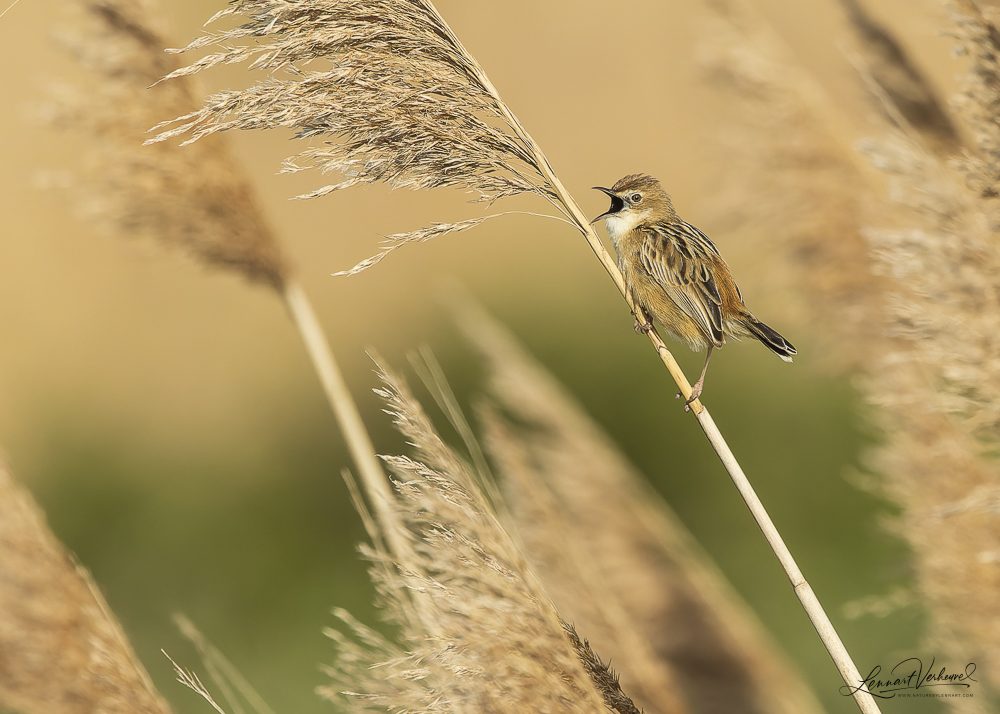
Zitting cisticola
I also focused on photographing swallows this month and managed to get good images of all three common Dutch species: sand martin, barn swallow, and house martin.
Of these, house martins are the trickiest—they’re not that common and rarely fly low in accessible areas. But I found a great spot nearby where they flew into the wind at eye level. Fun to see them sometimes with their beaks full of mud—nest-building in progress!
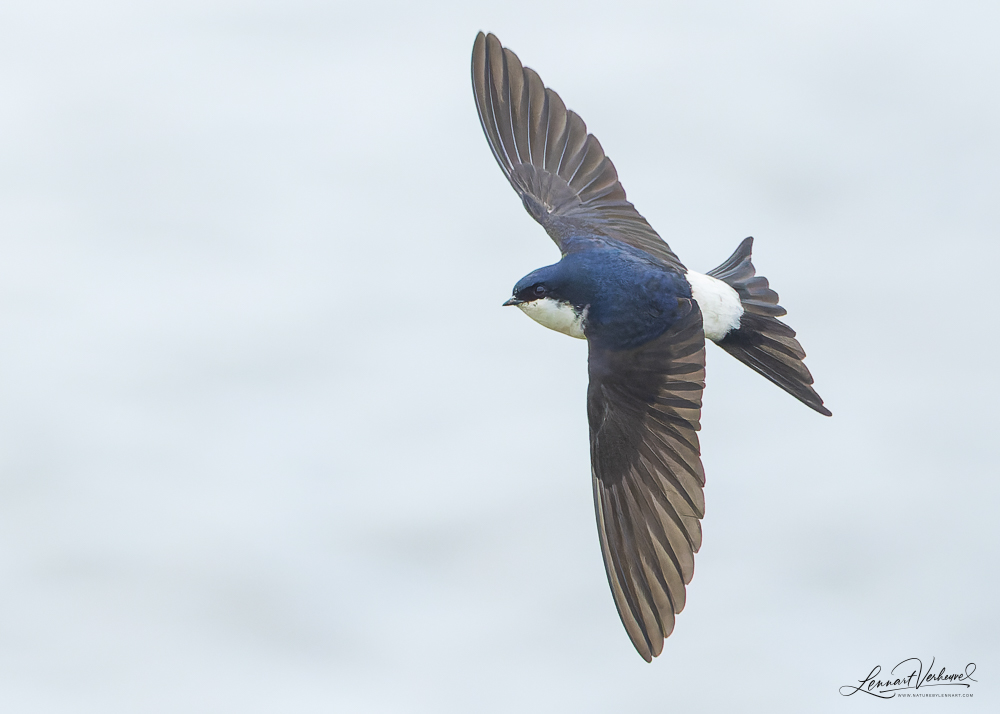
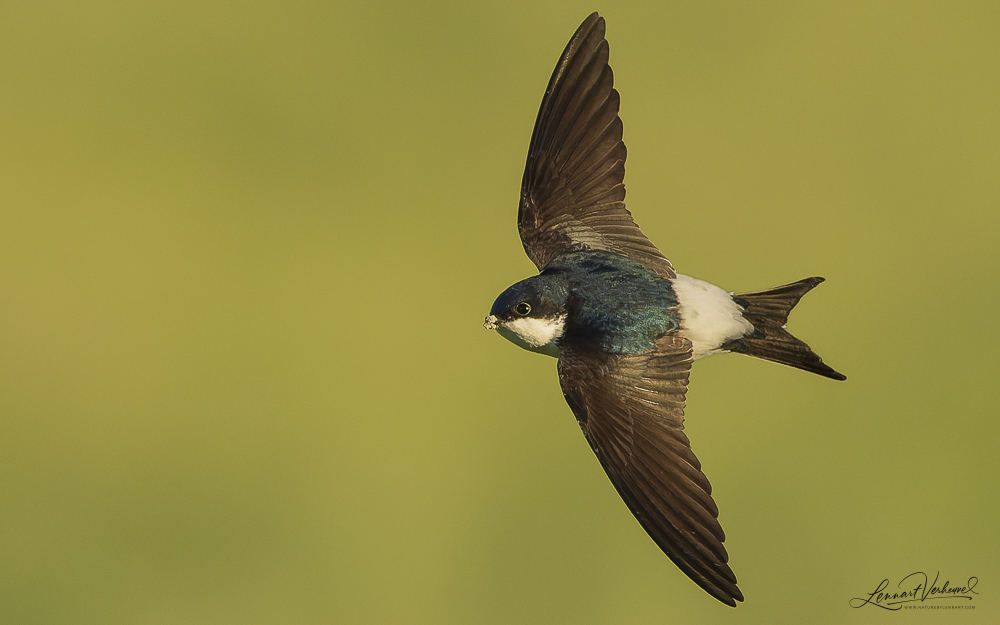
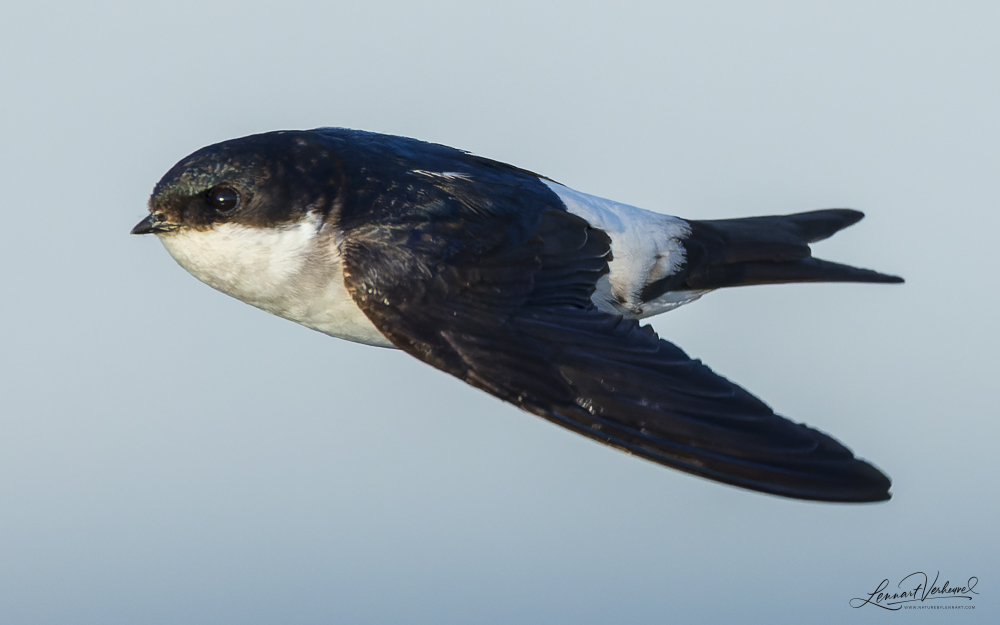
House martin
The Sophiapolder in Zeeuws-Vlaanderen hosts a sand martin colony, which makes it a great place for photographing them, though they don’t always fly in ideal spots. Thanks to the wind that day, they flew a bit lower, allowing me some nice shots.
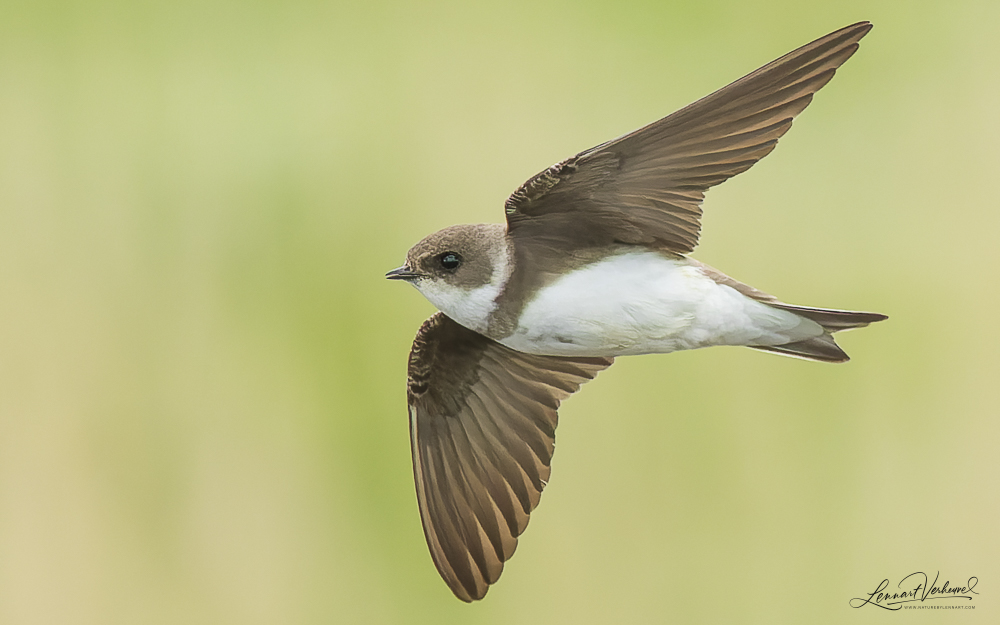
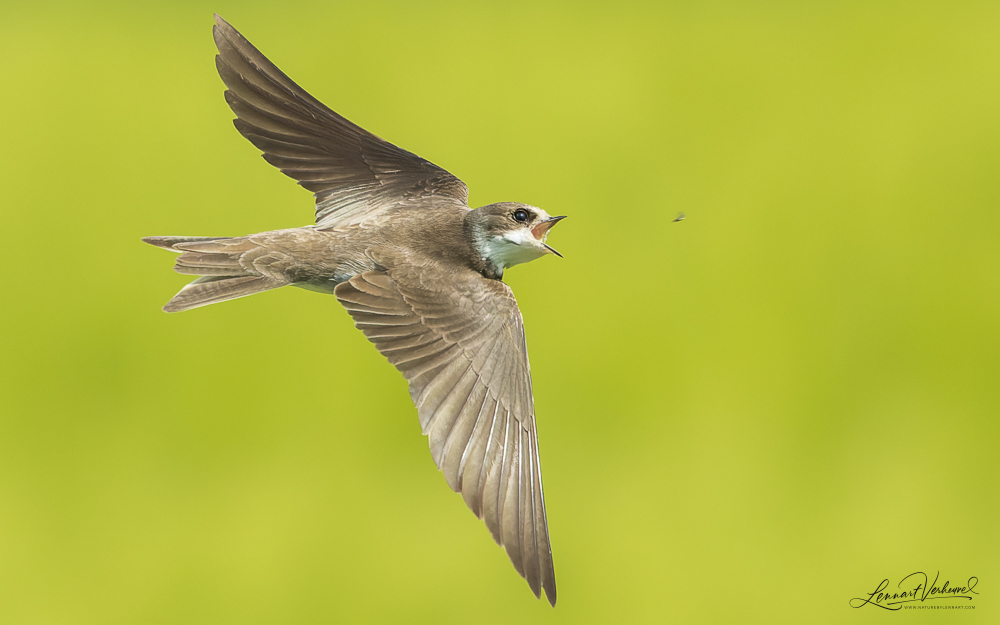
Sand martin
Barn swallows are by far the easiest to find, but not necessarily easy to photograph! Their flight is erratic, but with enough attempts, you always get something worthwhile.
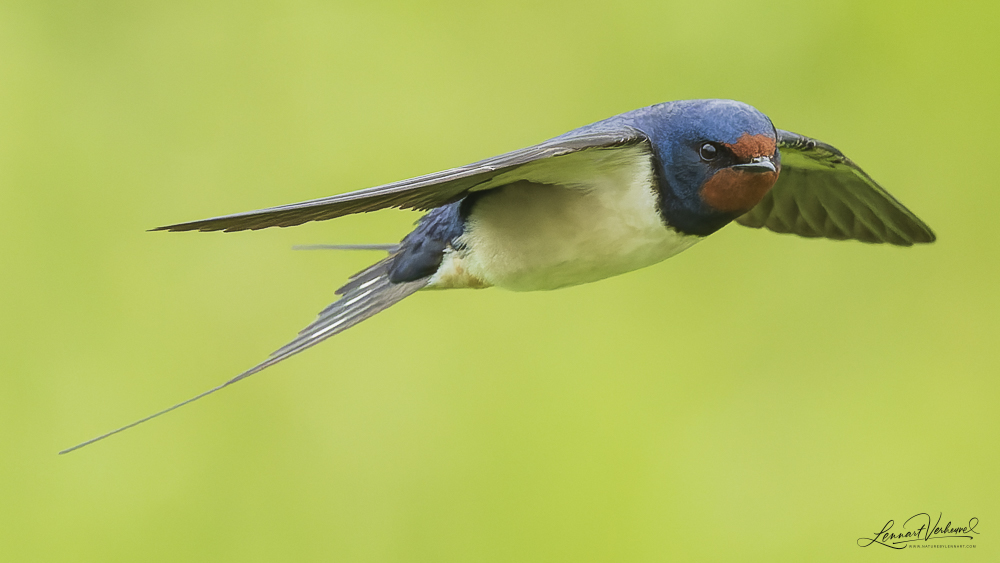
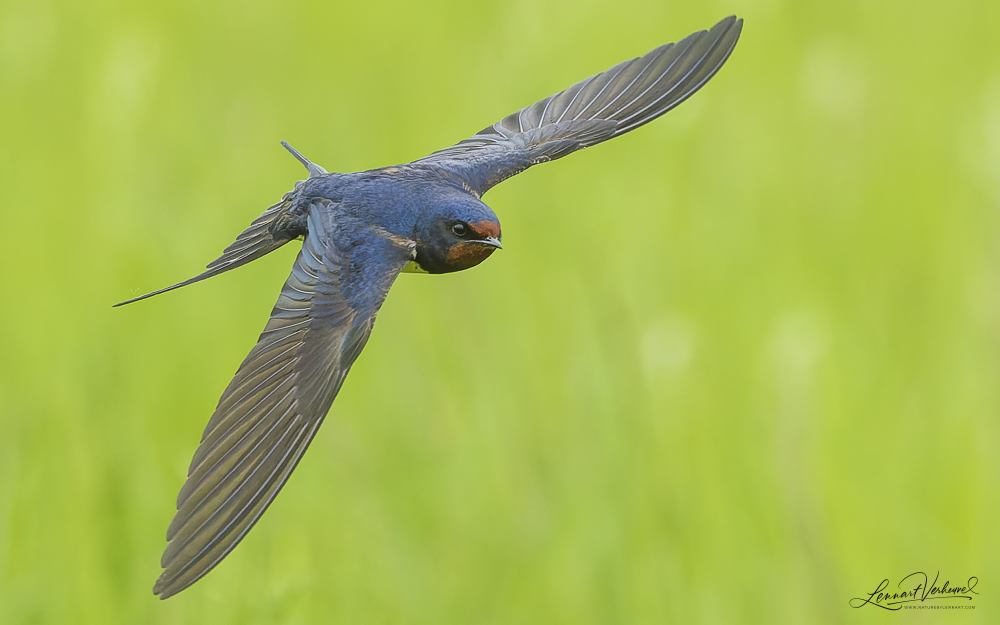
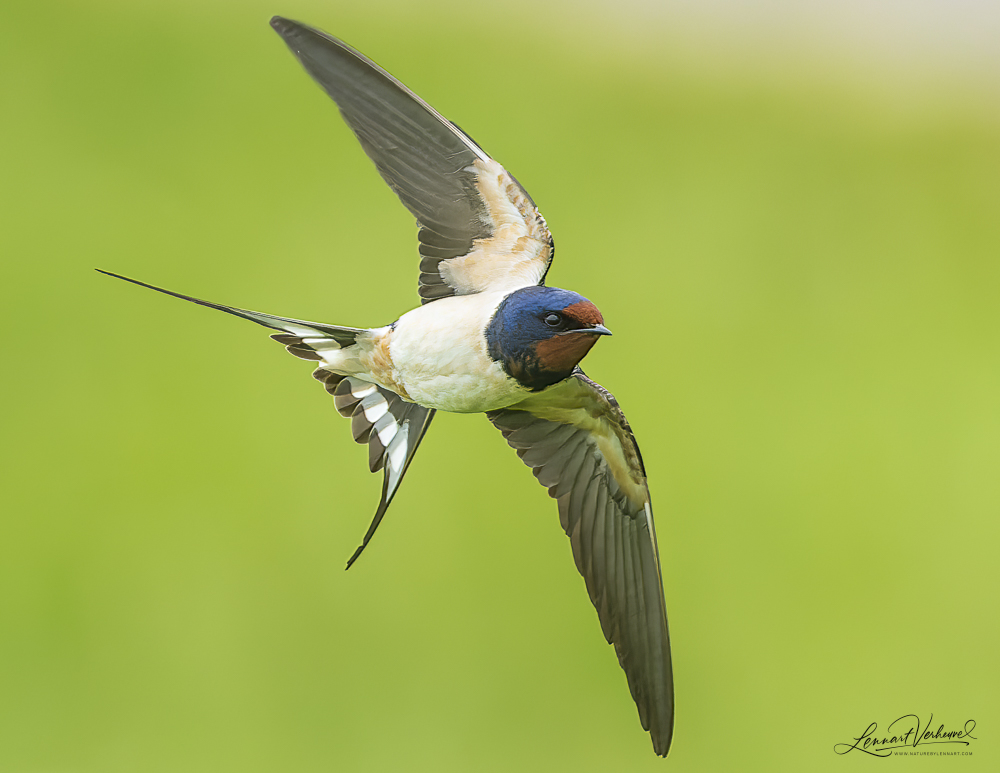
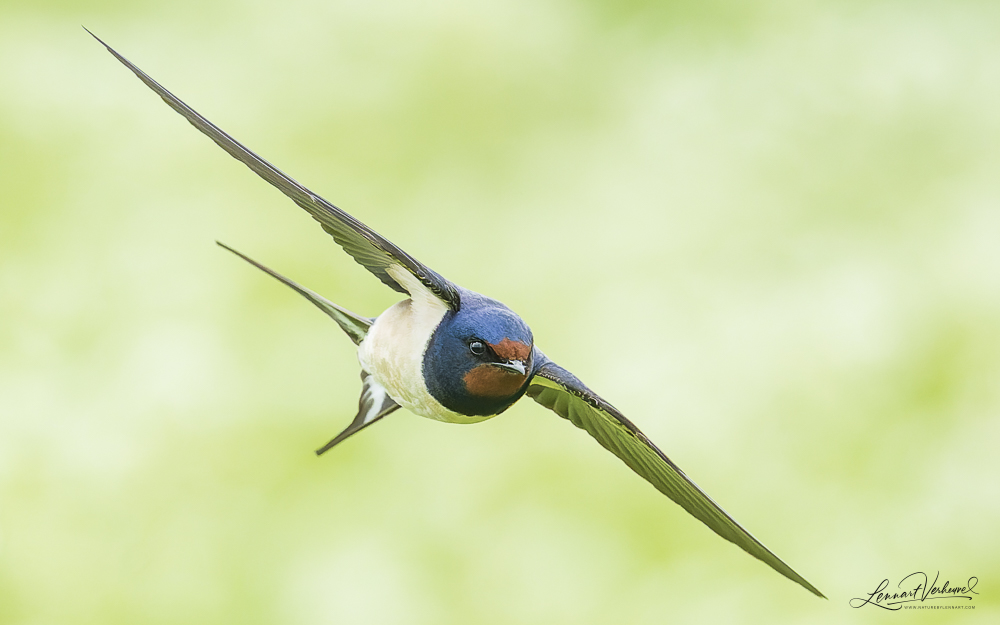
Barn swallow
The last highlight came on May 24th, when I visited one of Glenn Vermeersch’s hides near the Kalmthoutse Heide. In the morning, I photographed little owls—a great opportunity to practice flight shots, and the setting was beautiful as well.



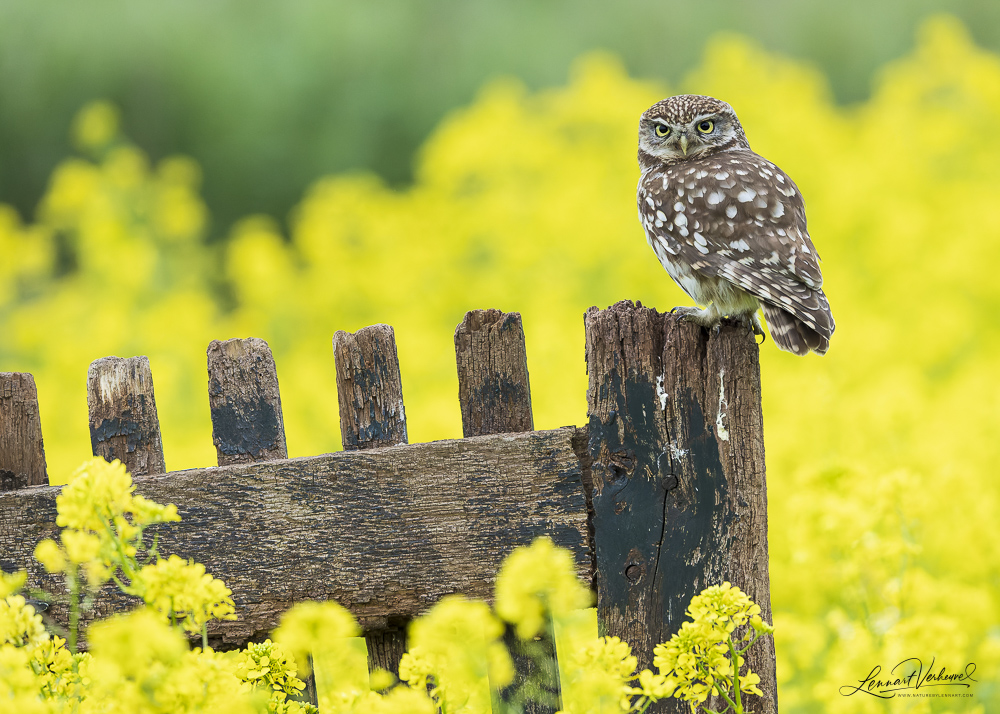
Little owl
This was my first monthly highlights blog post! On to the next one—see you in June!
Copyright of articles and pictures on naturebylennart.com remains with Lennart Verheuvel and without permission they can not be used in any way
